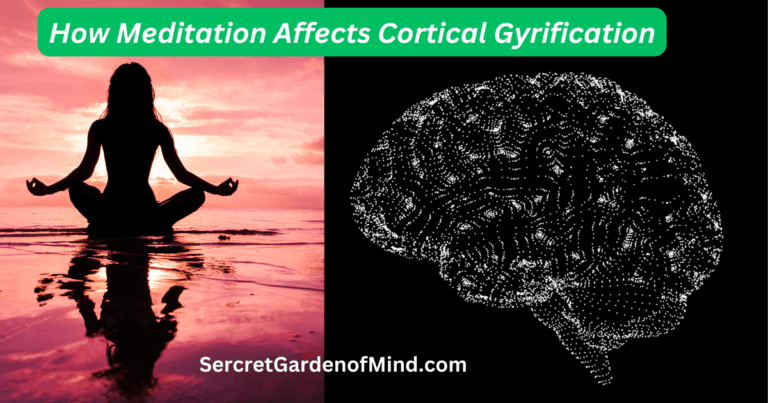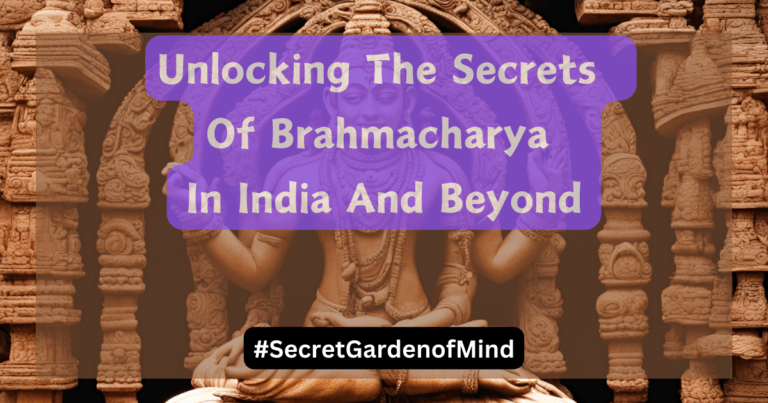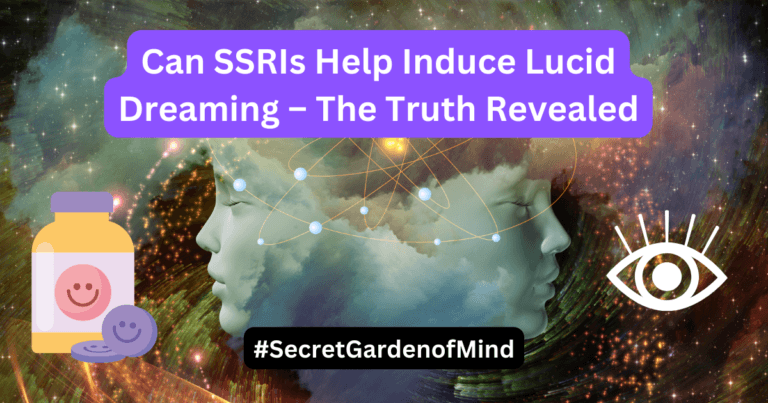Unlock Your Inner Yogi With A 200 Hour YTT Course In Bali
How would you like to Unlock Your Inner Yogi With A 200 Hour YTT Course In Bali? I got an email about this a couple days ago and I found this to be quite a fascinating opportunity.
I never really fancied myself as a Yogi but after looking into this a bit more I see that Yoga Teacher Training (YTT) has become increasingly popular in recent years, as more and more people are drawn to the practice of Yoga for its numerous physical and mental health benefits.
For those Interested there are a good number of 200 Hour Yoga Teacher Training Courses available and these comprehensive programs provide aspiring yoga teachers with the knowledge, skills, and confidence to lead their own classes.
But Why Bali you might wonder? This is certainly not the only place you can go for YTT training. You have Thailand, Rikesh In India, and many other places all over the world.
However, It is this we shall look into with today’s post.
Unlock Your Inner Yogi With A 200 Hour YTT Course In Bali
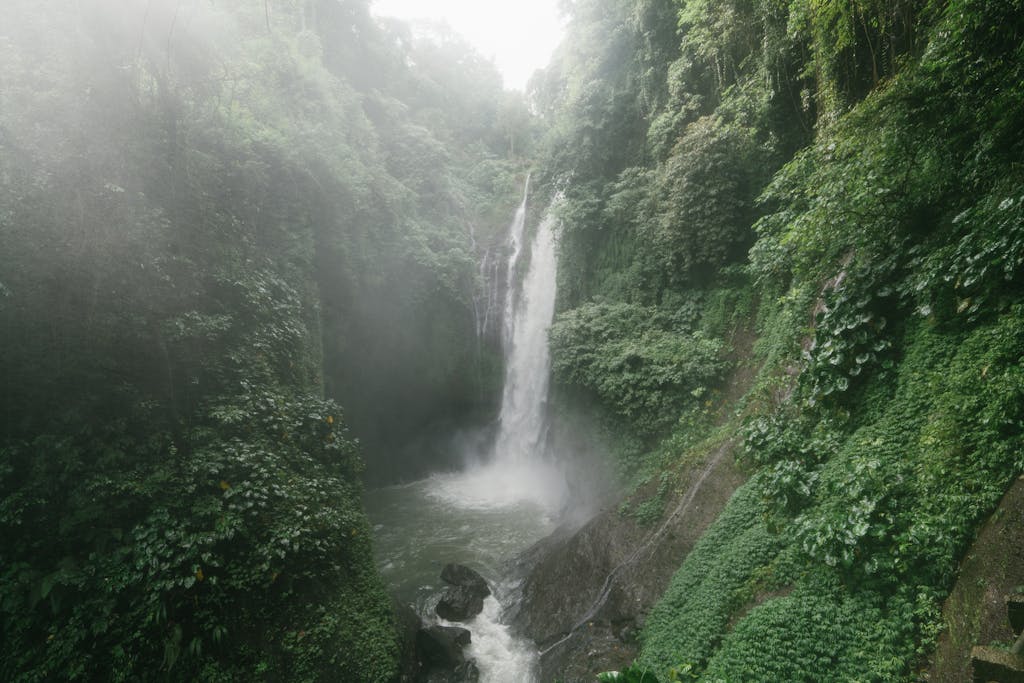
So Bali, is a province In Indonesia. It is affectionately known as the “Island of the Gods,” and over the years it has emerged as a top destination for Yoga Teacher Training due to its serene natural beauty, spiritual atmosphere, and its vibrant community of Yoga enthusiasts.
Bali offers a unique setting for Yoga Teacher Training, with its lush landscapes, stunning beaches, and tranquil environment.
The island’s rich cultural heritage and spiritual traditions make it an ideal place for deepening one’s yoga practice and immersing oneself in the teachings of Yoga.
What You Can Expect When Travelling To Bali
Here is home to numerous Yoga Retreat Centres and there are numerous studios that offer a 200 Hour YTT Course In Bali, attracting students from all over the world who are seeking a transformative experience in a beautiful and inspiring setting.
If you are Interested to learn a bit more – here is an example of a popular 200 Hour YTT Course In Bali that is suitable for Beginner, Intermediate and Advanced Yogis with an emphasis on 5 different Yoga Styles.
If you would like to find out more CLICK HERE but now to continue with this blog post>>>
Key Takeaways
- Joining a 200 Hour Yoga Teacher Training in Bali can unlock your inner yogi and deepen your practice.
- Benefits of the training include gaining a deeper understanding of Yoga Philosophy, learning Asanas and sequencing, Pranayama and Meditation Techniques, and anatomy and physiology of Yoga.
- The training also focuses on teaching Methodology and communication skills, as well as the business and ethics of Yoga Teaching.
- Immersion in Balinese culture and spirituality is a unique aspect of the training, and accommodation and facilities are provided for a comfortable experience.
- Upon completion, certification and career opportunities in Yoga Teaching are available.
Benefits of Joining a 200 Hour YTT Course
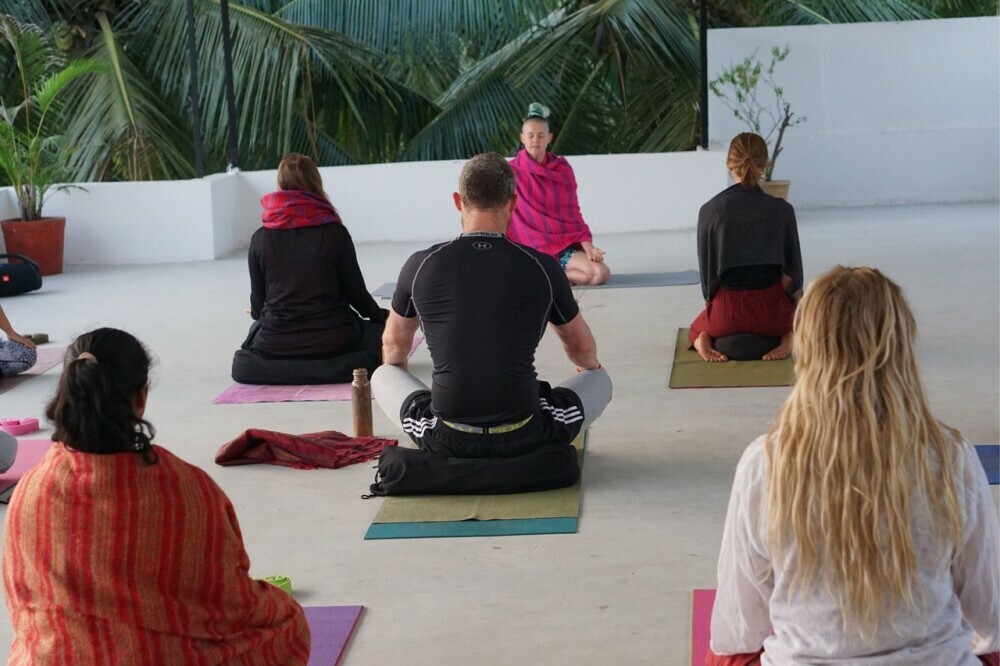
Joining a 200 Hour Yoga Teacher Training program can be a life-changing experience that goes beyond just learning how to teach Yoga. It offers a multitude of benefits that can positively impact all aspects of your life.
One of the most significant benefits is Personal Growth and Transformation. This can happen through the intensive practice of;
- Yoga Asanas,
- Pranayama,
- Meditation, and
- Self-Reflection,
YOU will gain a deeper understanding of yourself and develop greater self-awareness. This self-discovery can lead to profound personal growth and transformation. But don’t just take this from me.
Another benefit of participating in Yoga Teacher Training is the opportunity to deepen your own Yoga practice.
A typical YTT program will provide you with a solid foundation in things like Yoga Philosophy as well as the listed Items above.
But, also YOU will learn Advanced Yoga Poses and Sequencing Techniques that will challenge you physically and mentally, allowing you to explore new depths in your own Yoga practice.
By immersing yourself in the practice of Yoga for an extended period of time, you will develop a stronger connection to your body, mind, and spirit amongst many other things.
The Opportunities That Come From YTT
In addition to personal Growth and Deepening Your Own Yoga Practice, joining a 200 Hour Yoga Teacher Training also offers opportunities for self-reflection and introspection.
The program provides a supportive and nurturing environment where you can explore your own beliefs, values, and patterns of behaviour.
Through Guided Self-Inquiry Exercises and group discussions, you will gain insights into yourself and develop a greater sense of clarity and purpose. This process of self-reflection can be transformative and empower you to make positive changes in your life.
Furthermore, joining a 200 Hour YTT allows you to build a community of like-minded individuals who share your passion for Yoga, Spiritual Growth and Personal Development.
What you should find with travelling to somewhere like Bali and beginning this training is that it brings together people from different backgrounds and cultures together who are united by their love for Yoga.
This sense of community creates a supportive and uplifting environment where you can learn from each other, share experiences, and form lifelong friendships.
The connections you make during the training can be invaluable as you embark on your journey as a Yoga teacher.
Understanding the Philosophy of Yoga
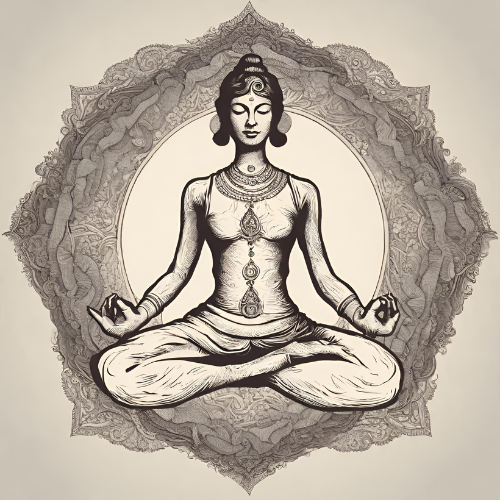
To truly understand the Practice of Yoga, it is essential to delve into its philosophy. Yoga is not just about physical postures; it is a holistic system that encompasses all aspects of life.
The Philosophy of Yoga is based on the eight limbs of Yoga, as outlined by the sage Patanjali in the Yoga Sutras.
These eight limbs provide a framework for living a balanced and meaningful life.
The Eight Limbs of Yoga
The first Limb of Yoga is Yama, which consists of ethical principles that guide our interactions with others. These principles include;
- Non-violence (Ahimsa),
- Truthfulness (Satya),
- Non-Stealing (Asteya),
- Moderation (Brahmacharya), and
- Non-Possessiveness (Aparigraha).
By practicing these principles, we cultivate compassion, honesty, and integrity in our relationships with others.
The second limb of Yoga is Niyama, which focuses on self-discipline and self-care. The Niyamas include;
- Cleanliness (Saucha),
- Contentment (Santosha),
- Self-Discipline (Tapas),
- Self-Study (Svadhyaya), and
- Surrender to a Higher Power (Ishvara Pranidhana).
These practices help us cultivate inner strength, self-awareness, and a sense of surrender to something greater than ourselves.
The third limb of Yoga is Asana, which refers to the physical postures practiced in yoga.
Asanas help us develop strength, flexibility, and balance in the body.
They also serve as a gateway to the deeper aspects of Yoga, as they prepare the body and mind for meditation.
The fourth limb of yoga is Pranayama, which involves breath control. Pranayama Techniques help us regulate the breath and cultivate prana (our life force energy).
By practicing Pranayama, we can calm the mind, increase our energy levels, and enhance our overall well-being.
The fifth limb of yoga is Pratyahara, which means withdrawal of the senses. Pratyahara Involves turning our attention inward and detaching from external distractions.
Through this practice, we can cultivate a greater sense of inner peace and focus.
The sixth limb of yoga is Dharana, which means concentration. Dharana involves focusing the mind on a single point or object.
By practicing Dharana, we can develop mental clarity and improve our ability to concentrate.
The seventh limb of Yoga is Dhyana, which means Meditation. Dhyana involves cultivating a state of deep concentration and awareness.
Through regular meditation practice, we can quiet the mind, reduce stress, and experience a sense of inner peace.
The eighth and final limb of yoga is Samadhi, which means union or enlightenment. Samadhi is a state of complete absorption and oneness with the object of meditation.
It is the ultimate goal of yoga, where the individual self merges with the universal consciousness.
Learning Yoga Asanas and Sequencing
| Asana | Description | Benefits | Difficulty Level |
|---|---|---|---|
| Mountain Pose (Tadasana) | Standing pose with arms at sides and feet together | Improves posture, strengthens legs and core. | Beginner |
| Downward-Facing Dog (Adho Mukha Svanasana) | Hands and feet on the ground, hips lifted up and back. | Stretches hamstrings, calves, and spine, strengthens arms and shoulders. | Intermediate |
| Warrior II (Virabhadrasana II) | Feet wide apart, arms extended, one knee bent and one leg straight. | Strengthens legs, improves balance, opens hips and chest. | Intermediate |
| Tree Pose (Vrksasana) | Standing on one leg with the other foot resting on the opposite thigh. | Improves balance, strengthens legs and core, opens hips. | Beginner |
| Sequencing | Description | Benefits |
|---|---|---|
| Warm-up | Gentle movements to prepare the body for more intense poses | Reduces risk of injury, increases flexibility and range of motion |
| Standing Poses | Poses that strengthen the legs and improve balance | Builds strength and stability, improves posture |
| Backbends | Poses that open the chest and stretch the spine | Improves posture, increases lung capacity, relieves stress and anxiety |
| Forward Folds | Poses that stretch the hamstrings and lower back | Relieves tension in the back and neck, calms the mind |
| Twists | Poses that detoxify the body and improve digestion | Stimulates the internal organs, improves spinal mobility |
| Final Relaxation | Lying down in a comfortable position to rest and integrate the practice | Reduces stress and anxiety, promotes relaxation and rejuvenation |
One of the key components of a 200 Hour Yoga Teacher Training is learning Yoga Asanas, or postures, and how to sequence them in a yoga class. Asanas are the physical postures practiced in yoga that help develop strength, flexibility, and balance in the body.
They also serve as a gateway to the Deeper Aspects of Yoga, as they prepare the body and mind for meditation.
During a 200 Hour Yoga Teacher Training, you will learn a wide range of basic and advanced yoga poses. These poses will be taught in a systematic and progressive manner, starting with foundational poses and gradually building up to more challenging ones.
Learning Alignment and Technique for Each Pose
You will learn proper alignment and technique for each pose, as well as modifications and adjustments for different body types and abilities.
In addition to learning individual poses, you will also learn how to sequence them in a Yoga class. Sequencing refers to the order in which poses are taught and practiced in a class.
A well-sequenced class takes into consideration factors such as warm-up poses, peak poses, counter-poses, and balancing poses.
It also considers the needs and abilities of the students in the class.
What Is Yoga Sequencing?
Sequencing in Yoga is both an art and a science. It requires Creativity, Intuition, and an Understanding of Anatomy and Physiology. A well-sequenced class flows smoothly from one pose to the next, allowing students to move with grace and ease. It also takes into consideration the energetic effects of different poses and aims to create a balanced and harmonious experience for the students.
Learning How To Sequence a Yoga Class is an essential skill for a Yoga teacher. It allows you to create a safe and effective practice for your students, taking into consideration their individual needs and goals.
By mastering the art of sequencing, you can create classes that are challenging, yet accessible, and that provide a transformative experience for your students.
Pranayama and Meditation Techniques
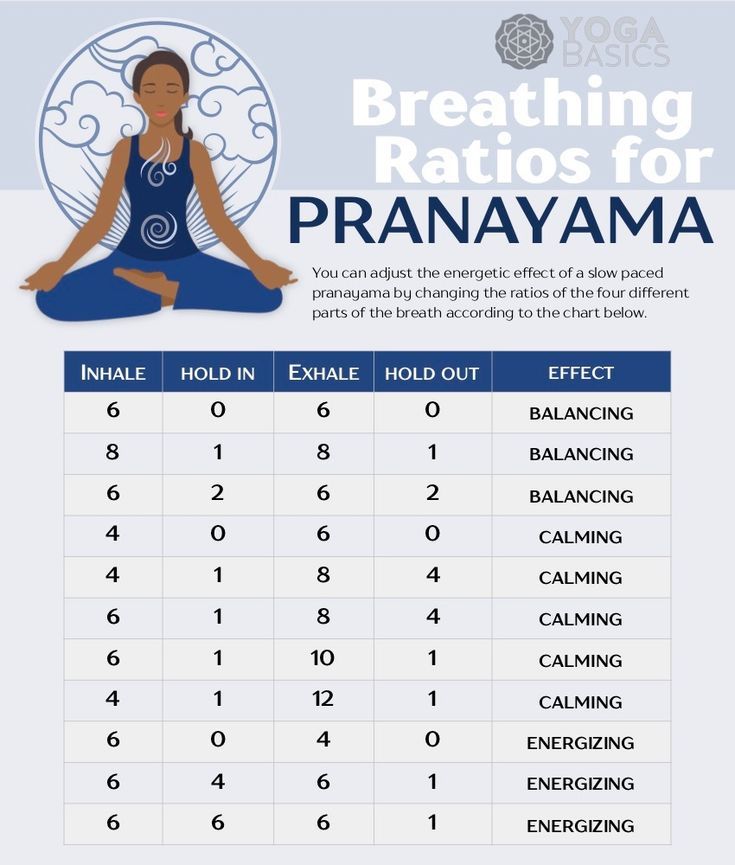
 Pranayama and Meditation are two integral components of a comprehensive Yoga practice.
Pranayama and Meditation are two integral components of a comprehensive Yoga practice.
Pranayama refers to breath control techniques that help regulate the breath and cultivate prana, or life force energy.
Meditation involves cultivating a state of deep concentration and awareness. Both practices have numerous benefits for physical, mental, and emotional well-being.
During Yoga Teacher Training, you will learn various Pranayama techniques that can enhance your yoga practice and deepen your connection to your breath.
Pranayama techniques help calm the mind, increase energy levels, reduce stress, and improve overall health.
They also help prepare the body and mind for Meditation by quieting the mind and focusing the attention inward.
Anatomy and Physiology of Yoga
Understanding the Anatomy and Physiology of the Body is essential for a yoga teacher. It allows you to teach yoga safely and effectively, taking into consideration the individual needs and limitations of your students.
During a 200 Hour Yoga Teacher Training Course, you will learn about the physical and energetic body, common injuries in yoga, and how to prevent and modify poses for different body types.
Anatomy is the study of the structure and function of the body. In a YTT program, you will learn about the major muscles, bones, joints, and organs of the body that are involved in Yoga Asanas.
You will also learn about the biomechanics of movement and how to align the body properly in each pose to prevent injuries.
Learning Methodology and Communication
Learning Methodology and Communication Skills are essential for a Yoga teacher. They allow you to create a safe and inclusive space for your students, to effectively communicate instructions and cues, and provide hands-on adjustments and modifications when necessary.
During YTT Training, you will learn various teaching techniques and develop the skills needed to become an effective yoga teacher.
Fostering a Safe Environment For Your Students
Creating a safe and inclusive space for your students is one of the most important aspects of being a yoga teacher. It involves creating an environment where all students feel welcome, accepted, and supported.
This includes being aware of any physical limitations or injuries that your students may have, offering modifications and adjustments as needed, and providing clear instructions and cues that are accessible to all.
Developing Effective Communication Skills
Effective communication is another key skill for a Yoga Teacher. It involves being able to clearly articulate instructions and cues, use appropriate language and tone, and provide feedback and encouragement to your students.
Effective communication helps create a positive and supportive learning environment, where students feel comfortable asking questions and exploring their practice.
But Why Choose YTT In Bali

Choosing Bali for Yoga Teacher Training offers a multifaceted experience that blends spirituality, natural beauty, community, and affordability.
The island’s serene atmosphere, infused with Hindu culture, fosters a profound connection to Yoga Practice. Surrounded by lush landscapes, from verdant rice terraces to tranquil beaches, students find themselves in an environment conducive to introspection and growth.
Bali’s vibrant yoga community provides a supportive network of practitioners and teachers, enriching the training journey with diverse perspectives and shared passion.
I will finish this article up here but before I do – If you are Interested in finding a good 200 Hour YTT Course In Bali Indonesia here are a few links to take a look at;
Eco – Luxury 21 Day 200 Hours Yoga Teacher Training in Bali
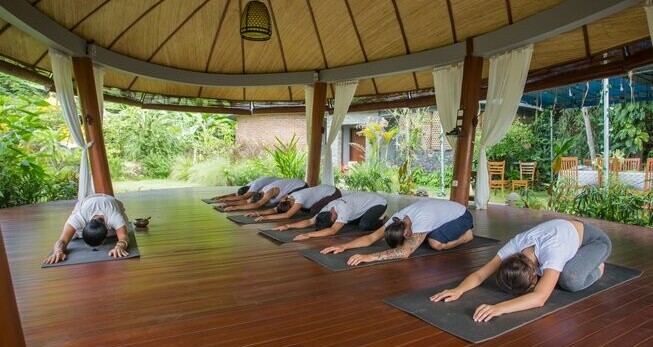
28 Day 200-Hour Meditation and Yoga Teacher Training Course in Ubud, Bali (Waiting List)

22 Day 200-Hour Multi-Style Yoga Teacher Training with Aerial Yoga in Ubud Tegalalang, Bali
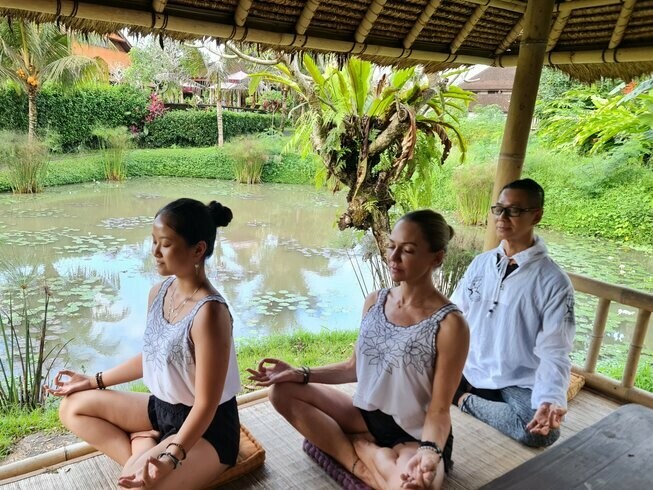
23 Day 200-Hour Vinyasa Yoga Teacher Training in Ubud, Bali

In Conclusion
All are different types of courses and each offer the opportunity of a life time to not only spend time in this beautiful country but also learn invaluable skills that will benefit you for the rest of your days.
Not just physically and mentally but also spiritually.
Yoga is a very good thing to learn and to teach to others this is a great opportunity to keep learning even more.
I will leave the rest up to you but please do not hesitate to ask any questions if you have any. I shall end this article here
Thanks for reading.
Best regards;
Alex B. Chivers

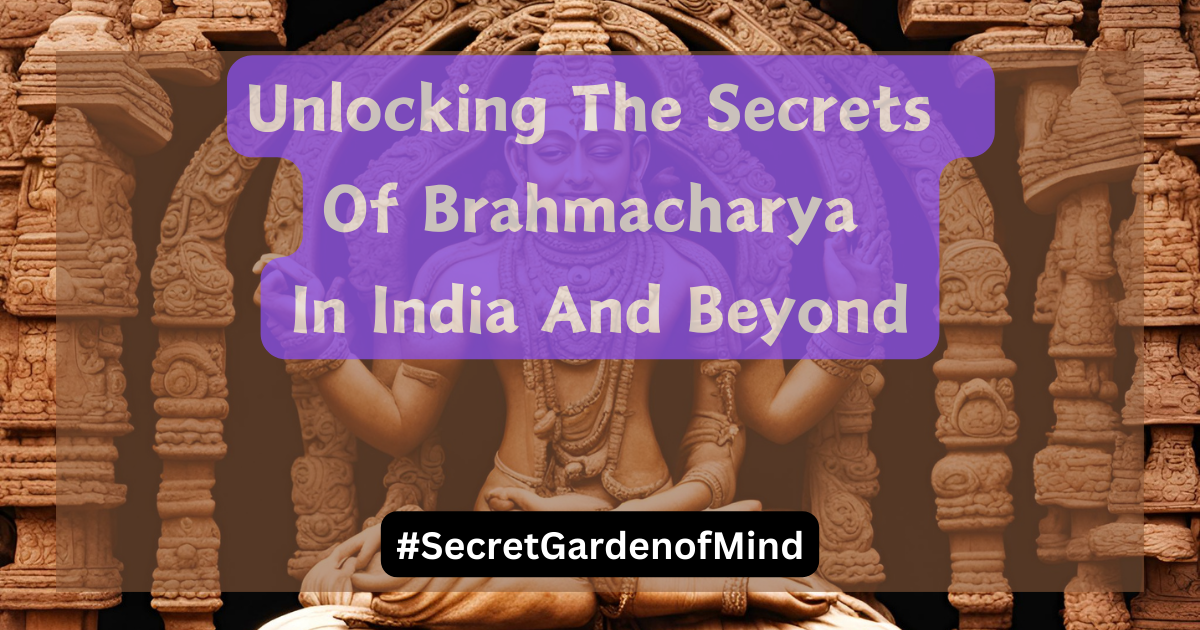
amazon bean products bean products accent pillows bean products bean bags bean products bed pillows bean products bolster bean products chicago bean products coupon code bean products decorative accent pillows bean products shredded foam bean products usa bean products yoga bean products zafu benefits of meditation for adhd best type of meditation for adhd buddhist meditation for adhd Dream Diaries Dream Master energy healing how to lucid dream Law of Attraction Laxman innertainment Light and Sound Machine Light and Sound Meditation Mind Machine lucid dream herbs Manifestation meditation meditation alzheimer meditation alzheimer prevention meditation alzheimers meditation classes adhd meditation cure adhd meditation dementia meditation for adhd adults meditation for adults with adhd meditation for memory loss meditation memory meditation memory loss Mindplace Procyon mr bean new products pre dementia reiki dementia remote viewing amplifier remote viewing baby monitor remote viewing books pdf remote viewing experiments


